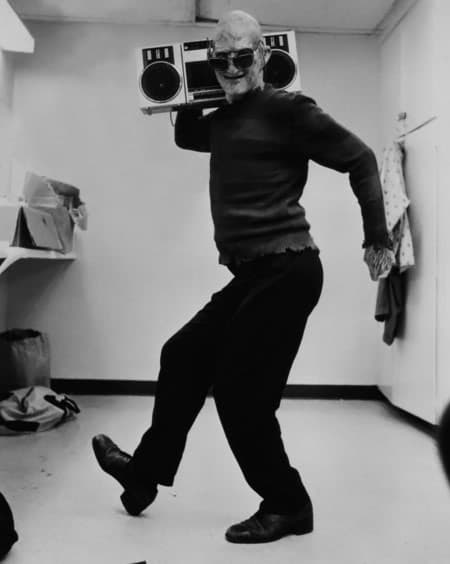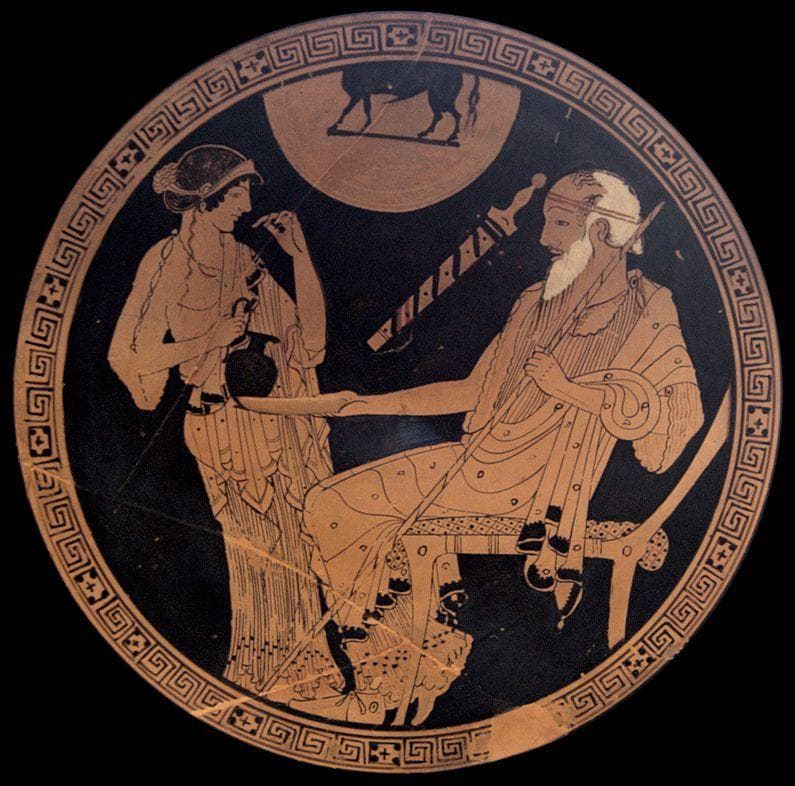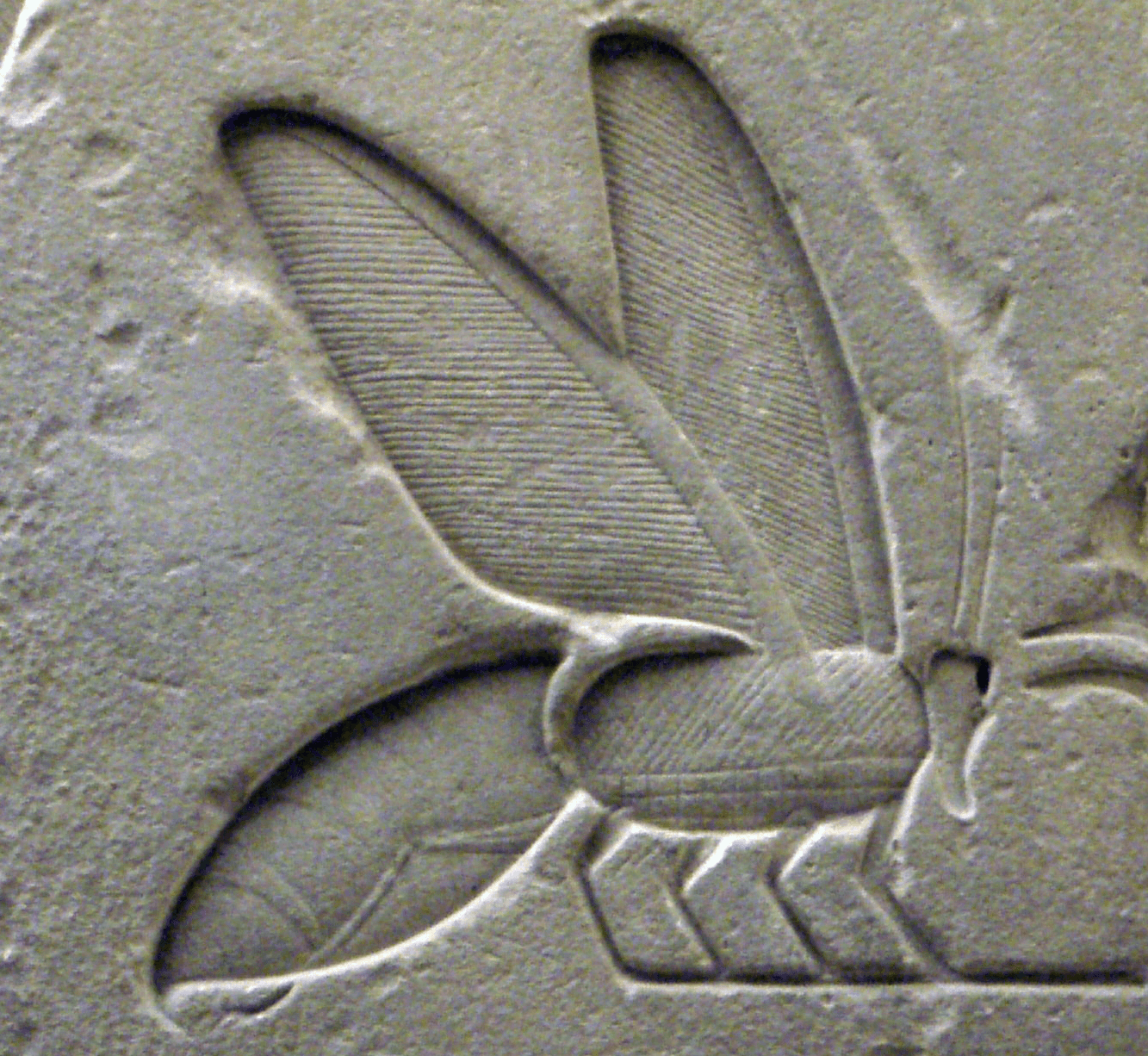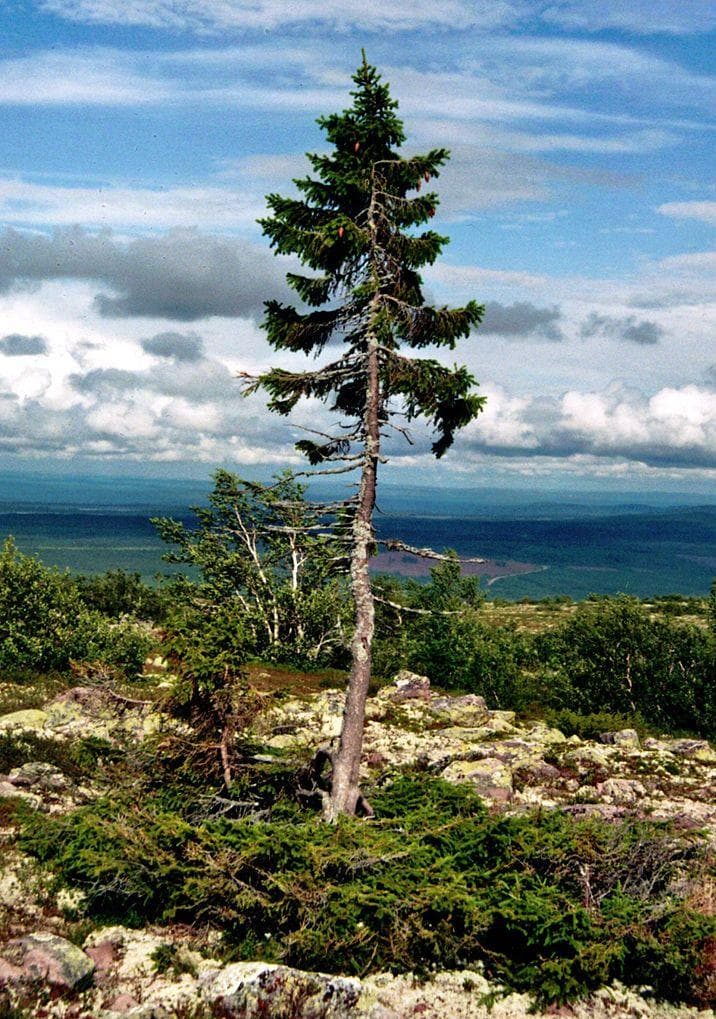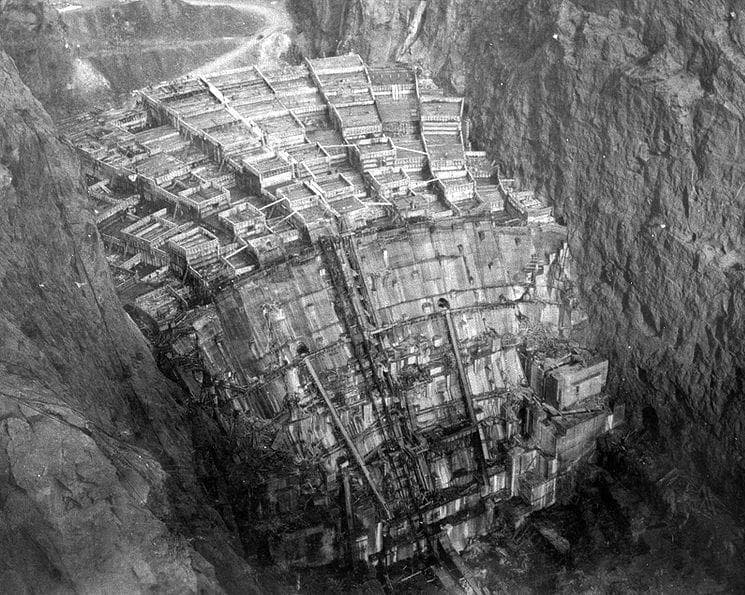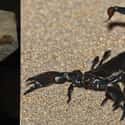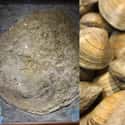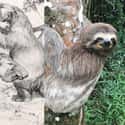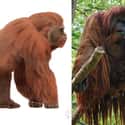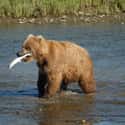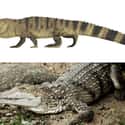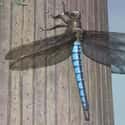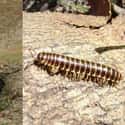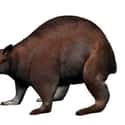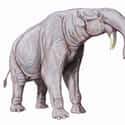-
(#1) Scorpion
Known as J. rhenaniae, this giant sea scorpion was an ancient relative of modern-day land scorpions, and obviously much bigger. A top predator in its time, this beast had claws with large, sharp teeth to grasp and hold slippery fish. As such, these creatures resided only in the water, and for good reason. Although their bodies were huge, their legs were flimsy, and any attempt to go on land would lead to a huge collapse. The biggest one on record measures over eight feet in length and likely devoured anything in its path, even members of its own species.
What’s scarier than a giant sea scorpion? A giant cannibalistic sea scorpion.
-
(#2) Clam
Few would consider the modern clam scary, unless it's pitted against its giant prehistoric relative. Scientifically named the platyceramus, the giant clam could reach over nine feet in diameter. Anything that has the capacity to open up and swallow you whole is frightening. Luckily, the platyceramus was only found deep underneath the sea.
-
(#3) Rat
Instead of a small, furry creature loitering around your dumpster, imagine a ten-foot-long, 2,200-pound monster of a rat that could comfortably fend off saber-toothed cats and meat-eating birds. That’s the story of the Josephoartigasia monesi, an ancient, bull-sized relative of the rat and the world’s largest recorded rodent. This creature most likely fed on aquatic plants and fruits because of the shape of its teeth and lived in South America with an abundance of similar creatures. So next time you get scared by a rat, remember that dealing with a small rat is far preferable to dealing with its ancient brethren.
-
(#4) Sloth
Today's sloths are silly, lovable creatures. They move slowly and they’re oddly shaped, but maybe we wouldn’t laugh at them so much if we were familiar with their ancient relatives.
The mighty megatherium was one of the most famous giant mammals to have existed on earth after the extinction of the dinosaurs. When walking on all fours, the megatherium could reach a length of almost 20 feet and could stand on its hind legs to reach a monstrous 13-foot height. Traditionally, research indicates that the megatherium was an herbivore, but some insist that the giant sloth also ate meat and scavenged the bodies of other dead animals, scaring other creatures away.
-
(#5) Ape
Giant primates are scary enough, but they're nothing compared to the gigantopithecus. Closer in appearance to current imaginings of Bigfoot, this creature stood close to ten feet tall and was known to exist in China, India, and Vietnam. Their diets consisted largely of bamboo, which ultimately became their downfall. Deformed fossils suggest that this creature was severely malnourished, and thus went extinct.
-
(#6) Fish
Hardly a bright, colorful fish you'd see in a fish tank, the dunkleosteus was a fish that ruled the seas with ferocity and brute strength. As an apex predator, this creature could reach up to 30 feet in length and was able to devour anything that could fit in its jaws. Because of its unmatched power, the only thing the dunkleosteus had to fear were other members of its own species.
-
(#7) Bird
Don’t laugh, but in prehistoric times, a giant, flightless bird was one of the largest, most lethal predators around. The phorusrhacos was a big bird with tiny wings, both equipped with sharp hooks for grabbing their prey. What they lacked in wingspan, they made up for in leg strength; they could easily chase down smaller creatures and dispatch them with their powerful beaks and talons.
-
(#8) Monitor Lizard
Modern-day monitor lizards today are huge, dangerous, and frightening, but we're actually pretty lucky – their prehistoric relatives were even bigger, more dangerous, and ten times as scary. Known as Varamus priscus, these creatures weren’t necessarily fast, but they knew how to utilize their assets for close-quartered killing. Their serrated teeth made for deadly bites, and a strong tail could put Indiana Jones’s whip to shame. Reaching lengths of over 21 feet, we’re lucky these things aren’t still alive today.
-
(#9) Bear
The arctodus is the prehistoric relative of the modern-day bear. Everything that makes us fear bears in today’s time was amplified tenfold millions of years ago. They were bigger, their reach was longer, they had a more powerful bite, and they ate practically everything in sight. Research suggests that the arctodus was possibly the largest carnivorous animal in its time period since dinosaurs went extinct. Although they weren’t afraid to kill and eat their prey, the arctodus relied mainly on scavenging the corpses of dead animals.
-
(#10) Crocodile
Although the lack of a complete fossil makes determining the exact size of the prehistoric deinosuchus (literal translation: "terrible crocodile") difficult, skull fragments and teeth have helped researchers estimate that these ancient beasts were massive, at times reaching up to 40 feet in length. The deinosuchus lived during the time age of the dinosaurs and was one of the most feared predators of its day. Its land- and sea-based hunting abilities made the deinosuchus extremely dangerous, and fossils suggest that these creatures took on types of tyrannosaurs, thought to be the apex predators of that time period.
-
(#11) Snake
Fifty-eight million years ago, giant snakes – and similar creatures – were commonplace. Known as the titanoboa, these snake ancestors were larger than almost any modern-day organism and were the de facto lords of the jungle. Reaching lengths of over 40 feet, these giant serpents looked like the infamous boa constrictor but acted like the water-dwelling anaconda. They were fast, had a strong bite, and could snap you in half as easily as we snap toothpicks.
-
(#12) Shark
The ancient ancestor to the modern shark, the C. megalodon makes the star of Jaws look shrimp-like. Capable of reaching lengths over 60 feet, this monstrosity would see humans as we see ants.
The megalodon's teeth were seven inches in length and could chomp through just about anything, and the largest megalodons weighed over 100 metric tons. This beast hunted without mercy, often targeting large whales. The megalodon would quickly sneak up on its prey, ram it at immense speeds, and then, while it was dazed, circle back around for a lethal bite. Most attribute their extinction to global cooling, yet another reason to stop global warming – we don’t want to see these creatures return.
-
(#13) Dragonfly
One of present-day dragonflies' most endearing traits is their size. Now imagine one that was 12 inches long with a 27-inch wingspan. Suddenly, these interesting bugs become horrifying. That’s the description for the dragonfly’s ancestor, the meganisoptera, commonly known as the griffinfly. Turn the clocks back 250 million years, and the griffinfly was everywhere. If these creatures were alive today, they wouldn’t necessarily be dangerous, but seeing a gigantic bug buzzing toward you would probably wreak havoc on your nerves.
-
(#14) Millipede
Millipedes are tiny creatures, but something about their abundance of legs and their scuttling mobility make them creepy. You shouldn’t freak out too much, though, because encountering a tiny millipede is vastly preferable to coming across their prehistoric ancestor, the arthropleura. This creature casually roamed about 300 million years ago and its body, which could reach over six feet in length, was composed of approximately 30 jointed segments
-
(#15) Rabbit
The gigantic, prehistoric ancestor to the modern rabbit is surprisingly unbunny-like. The Nuralagus rex weighed 26 pounds and was about six times bigger than the common European rabbit. If a fancy scientist didn’t confirm it, the kinship between these gargantuan creatures and their small, fluffy modern-day counterparts would be difficult to discern. The Nuralagus rex couldn’t hop, it had very small eyes, and its ears were short and stubby. Their bodies also had a "roly-poly" shape, making their appearance even stranger.
-
(#16) Elephant
The modern elephant is already a gigantic creature, so how much bigger could its ancient ancestor be? As it turns out, substantially. The deinotherium (Greek for "terrible mammal") only went extinct about 10,000 years ago. It reached over 16 feet in length, weighed nearly 5 tons, and was one of the largest non-dinosaur animals to ever walk the earth.
Their strangest trait was probably their short, downward-curving tusks. This evolutionary oddity still baffles scientists researching the tusks' purpose. They were one of the only creatures on this list possibly driven extinct by early Homo sapiens, and some theorize that their huge size inspired man’s belief in giants.
New Random Displays Display All By Ranking
About This Tool
The earth has also gone through more than 4 billion years of change and there is never a lack of ancient flora and fauna which still exist in the world. It has been concluded that most prehistoric animals were larger than modern animals. Fortunately for us, humans can still explore ancient mysterious nature from ancient fossils. It seems that the creatures on land, sky, and ocean were much larger at that time.
The most surprising thing is that some ancient prehistoric animals still have distant relatives living on the planet. The random tool displays 16 compare photos of animals in prehistoric times and today, which prove that most of the prehistoric animals were bigger.
Our data comes from Ranker, If you want to participate in the ranking of items displayed on this page, please click here.



